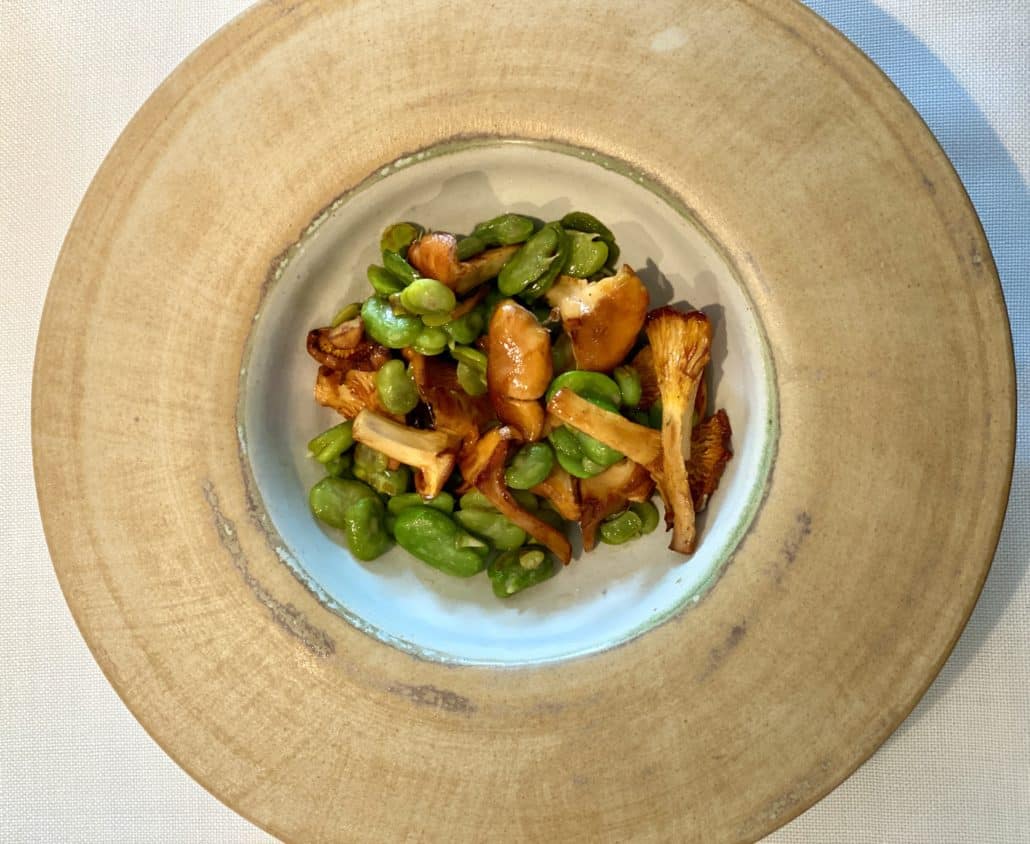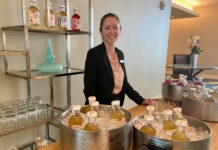
How to pull off inclusive and creative culinary experiences that work for all attendees.
Planners know that F&B can make or break an event. Now, as in-person meetings roar back after the pandemic pause, memorable food experiences are more important than ever for networking and meeting ROI. “When you think about it, almost all valuable networking at an event is accompanied by food and beverage,” says Jennifer C. Squeglia, CMP, principal, RLC Events, Inc. “When you are on a Zoom meeting and people take a lunch break, you turn off your camera and head into the kitchen alone. Being back to in-person events, meal and break times provide a great opportunity for people to truly connect and ‘break bread’ together.”
Prevue recently caught up with Squeglia to get the skinny on F&B trends and tips moving forward.
Leave Time For Networking
Make sure to there is plenty of time in the meeting agendas for those “magic moments” at a coffee station, reception, or a meal. “These moments are why that in-person connection is so nourishing (pun intended) for our attendees,” says Squeglia, “whether they talk about the food, the last session, or what their weekend plans are.”
Incorporate Wellness Into F&B Planning
Healthy dining at events is no longer an option—it’s a necessity, notes Squeglia. In today’s meeting landscape, menu offerings should feature healthy food and a selection of non-alcoholic drinks. “I try to focus on fresh vegetables and fruits, lower the quantity of carbs and heavy sauces, as well as include lean proteins when planning menus.”
Sugary Snacks Are Out, Bite-Sized Items Are In
Attendees love snacks. But snacks should also be part of wellness F&B planning. “I try to be creative, with things like individual vegetable crudite with hummus or fresh fruit skewers,” says Squeglia. She notes that for breaks, individual snack items are more prevalent, versus large trays or bowls of items.
Catering To Dietary Needs And Preferences Is Critical
“Ensuring that our attendee dietary needs are addressed is all about communication and setting expectations,” stresses Squeglia. “Make sure you communicate with the attendee, as well as with the venue’s service and culinary teams.” Culinary teams have come a long way with being creative for special meals, she says. “For example, instead of offering a vegetarian or vegan a plate of steamed vegetables, the culinary teams come up with artistic and appealing options, such as a grilled cauliflower steak with delicious seasonings and accompaniments.”

Be Experiential With F&B
An evolving food trend that has flourished with groups in the past few years is the experiential side of enjoying a meal or snacks, says Squeglia. This can mean giving attendees hands-on opportunities such as building their own trail mix or creating their own taco, for example. “Event teams have really stepped up with inspiring presentations,” she says, “taking advantage of locally sourced ingredients, tapping into the local culture and customs, and blending food and beverage with interaction and customization.”
You May Also Be Interested In










